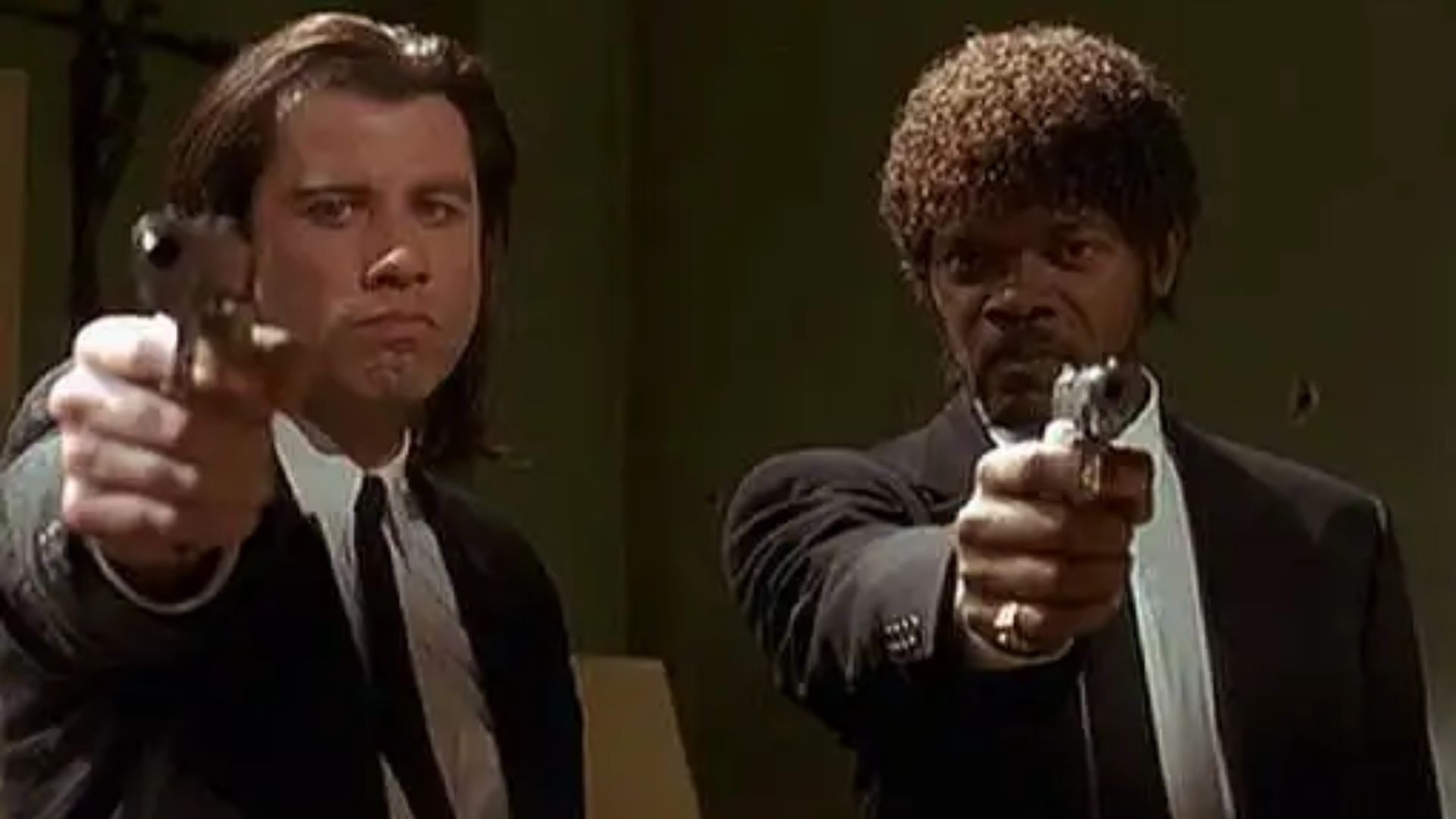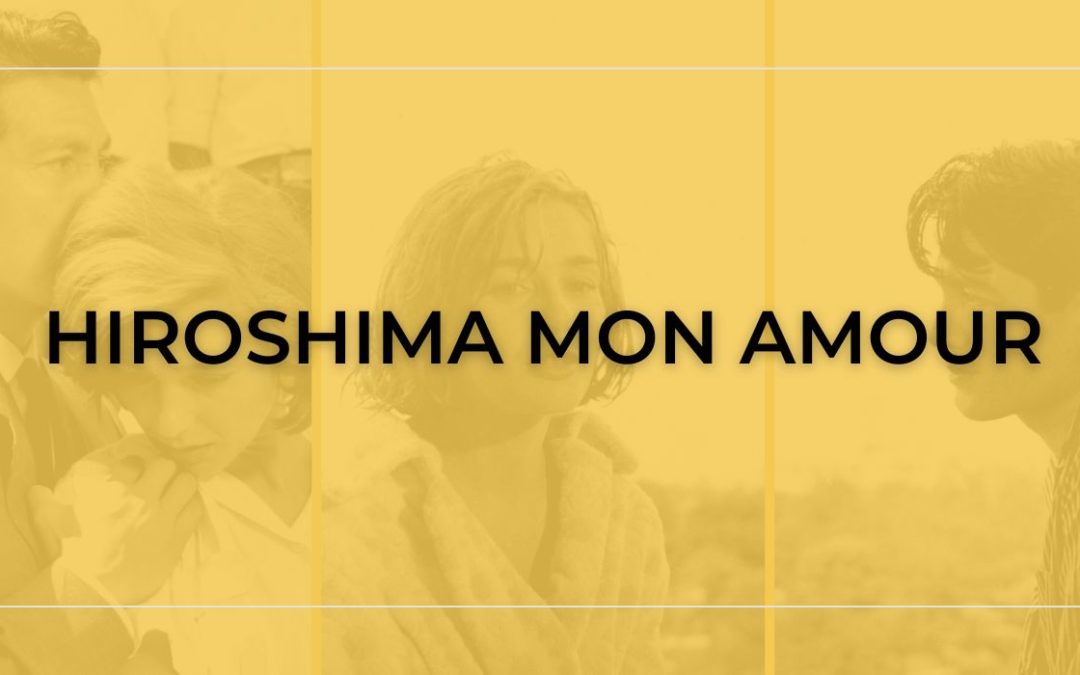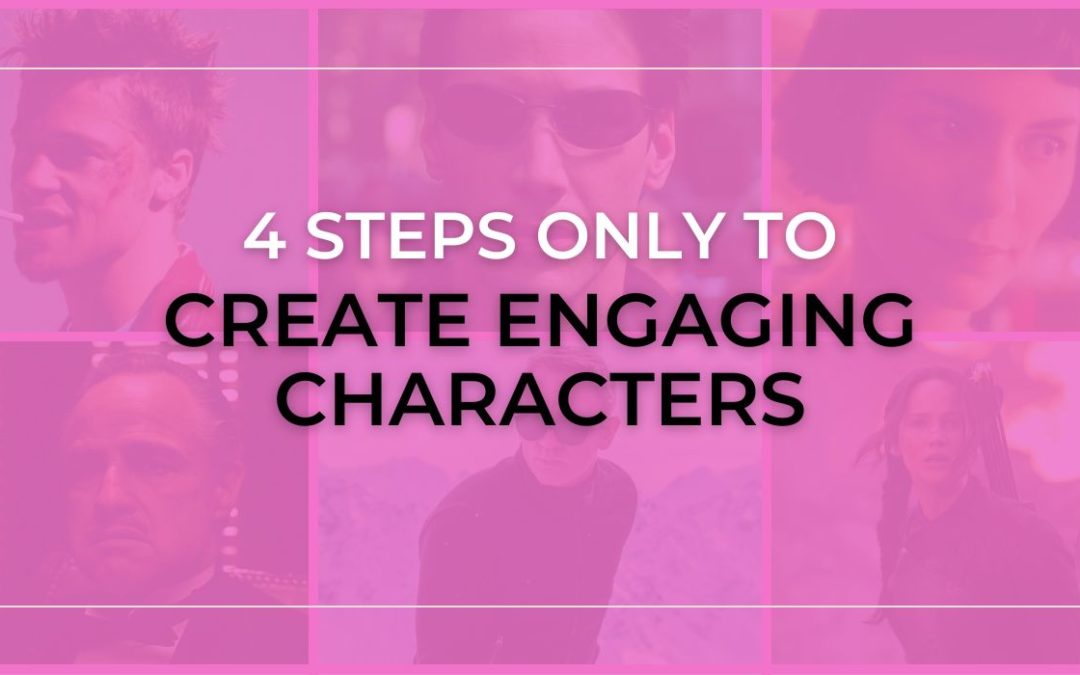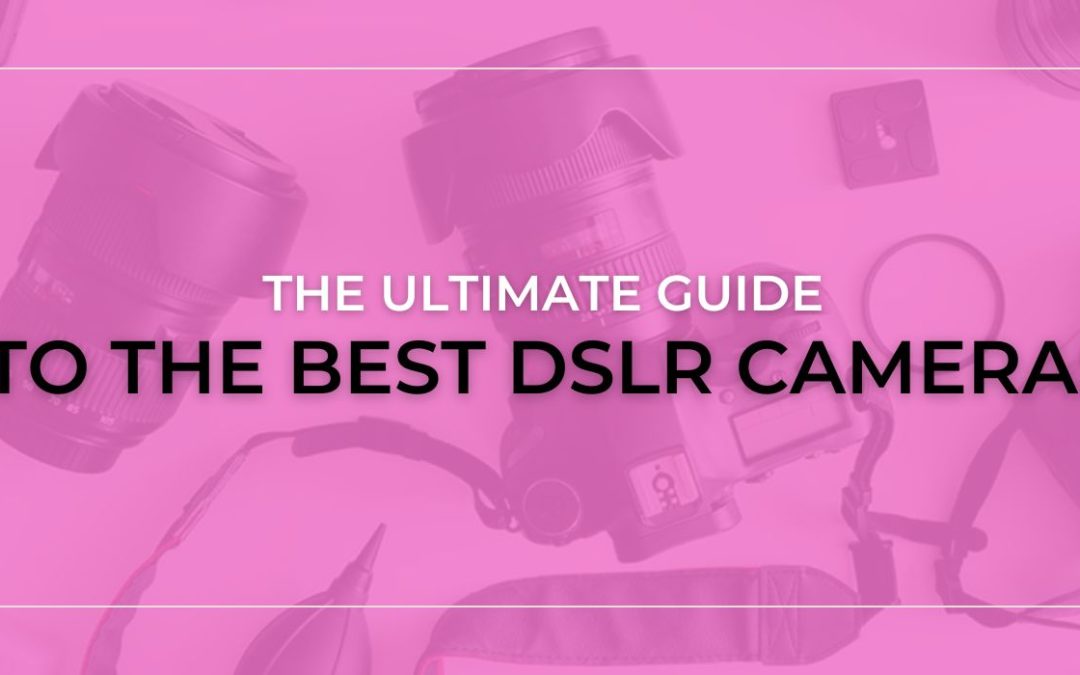The Narrative differences between Classic Hollywood movies and modern movies
We can condense all the movements in the history of cinema into 2 very broad categories: Classic and Modern. In this post, we will be discussing the difference between Classic and modern film narratives.
The Narrative in Classic Hollywood Movies
In classical movies, the narrative is told in chronological order. There is also a cause-effect logic that leads the audience from one scene to the next.
The movie starts with introducing the characters, then one event leads to the other until the conflict arises. The characters work on overcoming this conflict until they reach a resolution at the end.
This type of storytelling is called the three act structure.
For example, let us look at the Titanic. Yes, classical movies don’t have to be black and white.
The movie starts with an old woman telling her story, and then we get introduced to the two main characters: Jack and Rose. We follow their story from the moment they get up to the boat until [Spoiler Alert] the sinking and Jack’s death.
Another main characteristic of classical narrative movies is that they are easy to understand and follow. That is because it is straightforward cinematic storytelling.
The main interest in classical movies is the story itself.
So, the core of a typical classical movie would revolve around characters that face a problem and work to solve it.
When someone asks you: “what was the movie about?” It will be very easy to answer the question if the movie followed the classic narrative.
This will not be the case if the movie was modern. You would be answering: “you would have to watch. I don’t want to spoil” or “there is actually no story per se”.
Let us discuss the narrative of modern movies to make sense of such answers.
The Narrative in Modern Movies
Modern cinema is a movement in cinema that tries to be as far as possible from classical films. (Here modern cinema is a type of film and it does NOT mean new). That is why it is very easy to differentiate between classic and modern film narratives.
Modern cinematic narratives are stories told in a somehow complicated way and out of chronological order.
Such film narratives neglect the three-act structure.
They do not necessarily end with a resolution, and can have open endings instead.
For example, look at Tarantino movies. (Tarantino movies are good examples here although they are post-modern).
The way Pulp Fiction tells a story is very complicated because the scenes are arranged out of chronology.

Pulp Fiction
In such narratives, the movies tend to be harder to understand and they require more attention and close interpretation to be understood.
See also an example of the narrative of Citizen Kane.
Movies that belong to modern cinema (or art-house cinema) are usually character-driven. In contrast to classic Hollywood movies that are story-driven.
This means that the narrative of modern movies focuses more on the characters and their psychological state or dilemma.
So if you want to watch a philosophical movie or a film about existential crisis, look for modern film.
Finally, to sum it up:
The difference between classical Hollywood and modern film narrative:
| CLASSIC NARRATIVE | MODERN NARRATIVE |
|---|---|
| Linear storytelling | Non-linear storytelling |
| A causal relation between scenes | No logical relation between scene |
| Easy to understand | Requires attention to understand |
| Ends with a resolution | It may have an open ending |
| Plot-driven story | Character-driven story |

Hiroshima Mon Amour
Hiroshima Mon Amour Cast: Emmanuelle Riva (Elle), Eiji Okada (Lui), Stella Dassus (Mother), Pierre Barbaud (Father), Bernard Fresson (German Lover).Directed by Alain Resnais.Written by Marguerite Duras. Story Set in the summer of 1957 in Hiroshima. A French...

French New Wave
French New Wave History Background The French New Wave can be considered as a reaction to the World War II. During the war, American films were banned in France by the Nazi occupation. This left the French cinema lovers hungry for films especially that the only...

Create Engaging Characters Using These 4 Steps
Create Engaging Characters Using These 4 Steps When you’re making a film, one of the most important things is to create engaging characters that hold our attention for the entire runtime. I know that creating characters is not as easy as it sounds. If you are stuck...

The Ultimate Guide to the Best DSLR Cameras
The Ultimate Guide to the Best DSLR Cameras Digital single-lens reflex cameras, or DSLRs for short, are the most popular and effective instruments in photography for taking incredible images and films. DSLRs have captured photographers’ hearts for decades, both new...
Up next
Hiroshima Mon Amour
Hiroshima Mon Amour Cast: Emmanuelle Riva (Elle), Eiji Okada (Lui), Stella Dassus (Mother), Pierre Barbaud (Father), Bernard Fresson (German...
